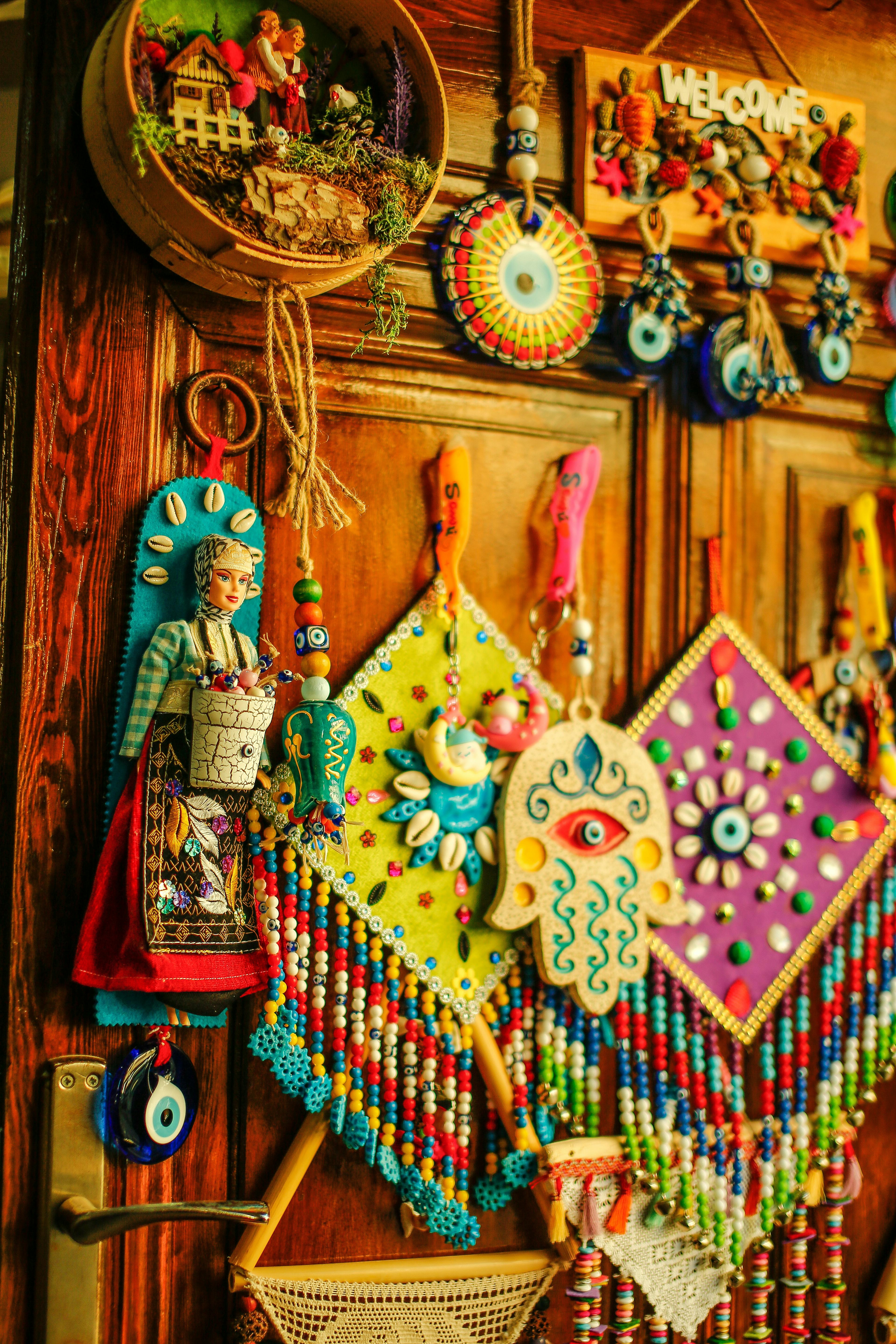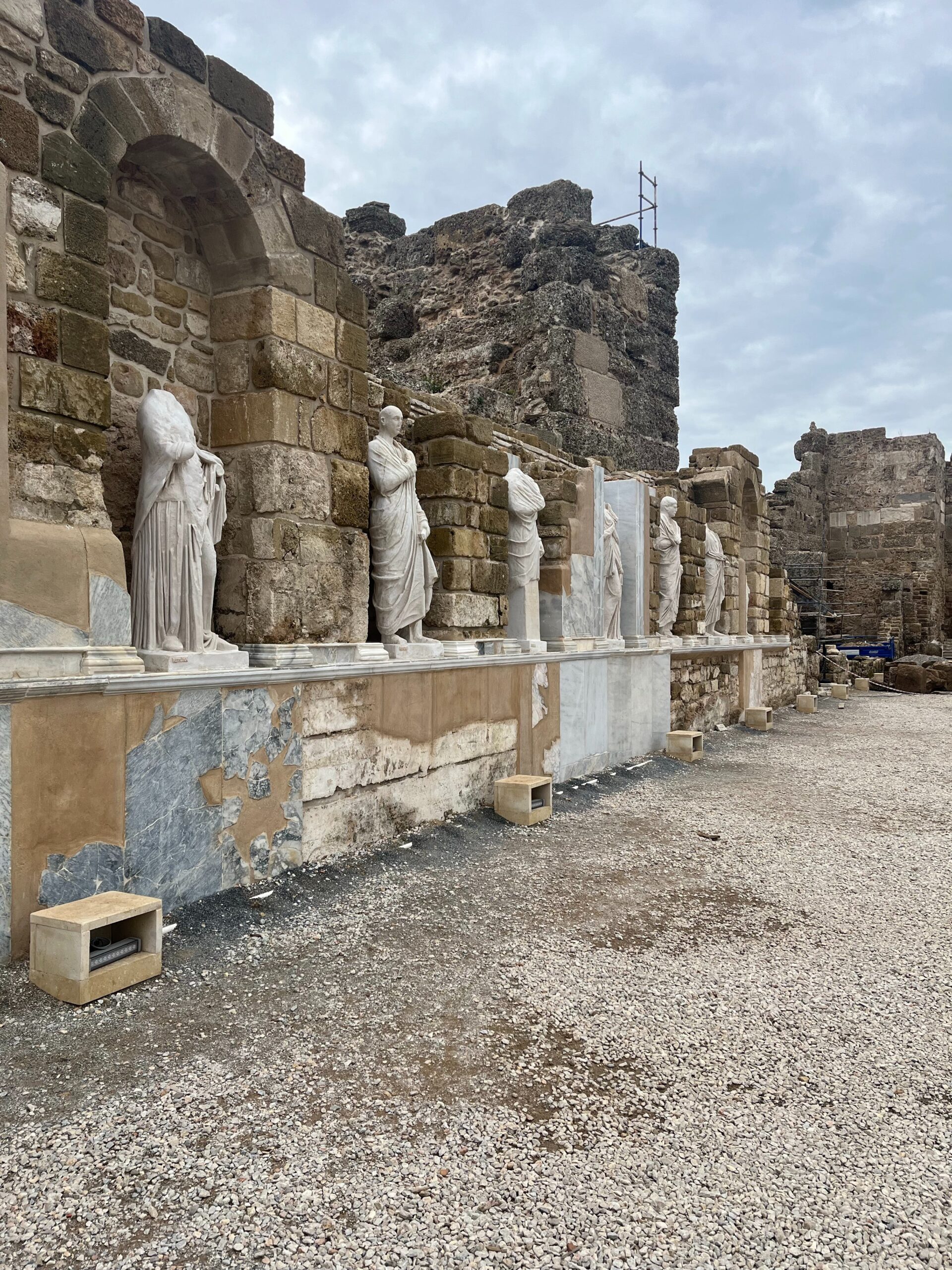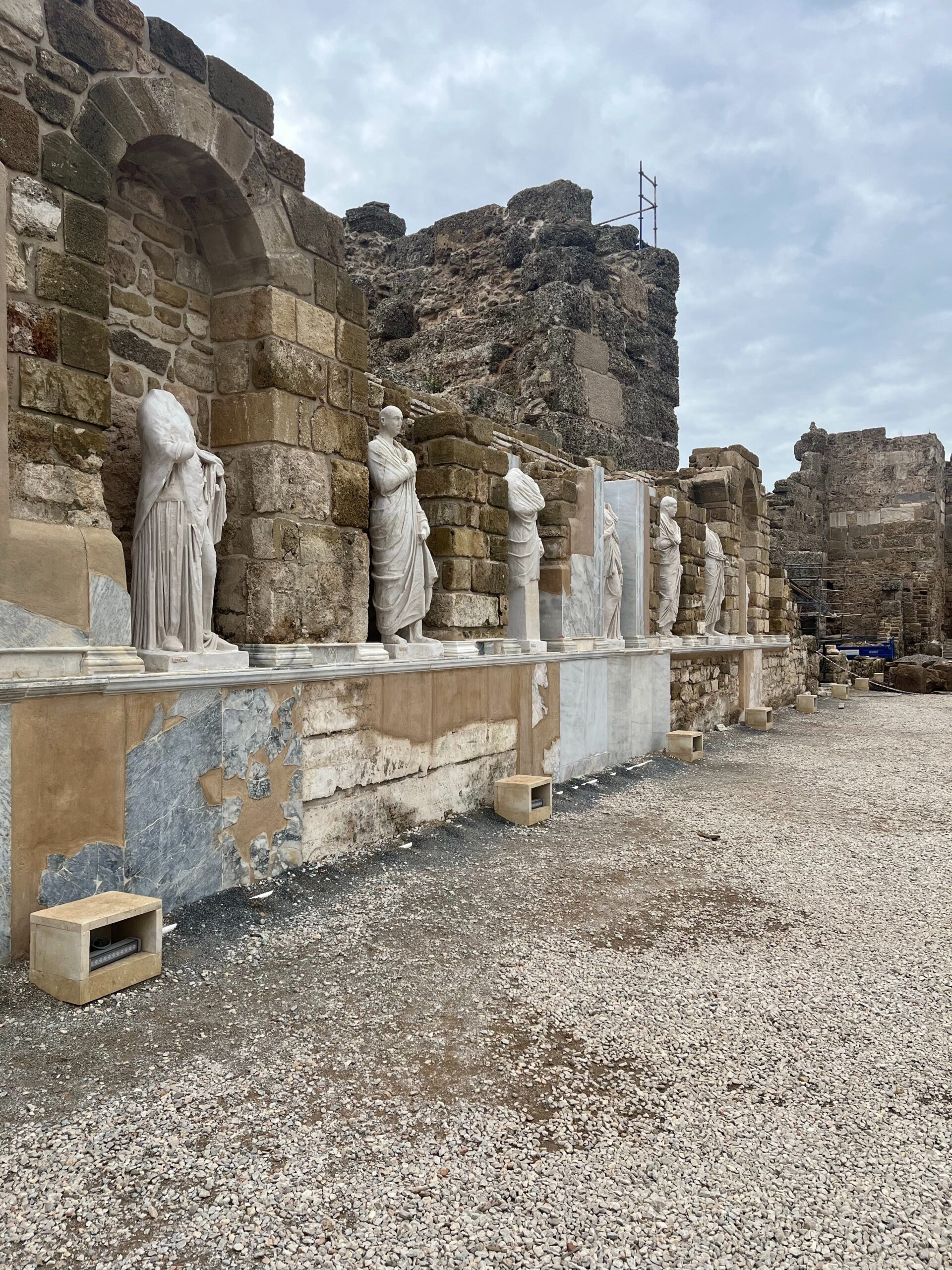In the world of self-expression and personal growth, few practices have captivated our attention quite like the powerful combination of yoga and art therapy. At its core, this transformative duo invites individuals to unearth their innermost emotions and find solace in the union of mind, body, and soul. As we explore the depths of these ancient practices, we discover a remarkable journey towards self-discovery, healing, and holistic well-being. Join us as we delve into the enchanting world of yoga and art therapy, where the canvas becomes a mirror of the soul, and every asana paints a vibrant picture of our inner selves.
Yoga and Art Therapy: Expressing the Inner Self
In today’s fast-paced and stressful world, finding ways to express our inner selves and foster self-understanding and personal growth is more important than ever. Both yoga and art therapy have emerged as powerful tools for self-expression, helping individuals tap into their inner thoughts, emotions, and experiences. By combining the physical and meditative practice of yoga with the creative and expressive nature of art therapy, individuals can embark on a unique journey of self-discovery and healing.

1. Understanding Yoga and Art Therapy
Yoga, an ancient practice originating from India, encompasses physical postures, breathing exercises, meditation, and philosophical principles. It is a holistic approach to well-being, focusing on the integration of mind, body, and spirit. Art therapy, on the other hand, is a form of psychotherapy that utilizes various art modalities as a means of communication, self-expression, and personal development. By engaging in artistic processes and exploring creativity, individuals can gain insight, heal emotional wounds, and foster personal growth.
2. The Connection between Yoga and Art Therapy
Although yoga and art therapy are distinct practices, they share a deep connection when it comes to self-expression. Both modalities provide individuals with a safe and non-judgmental space to express their inner thoughts, emotions, and experiences. Through yoga, individuals can embody and release emotions by moving through physical postures, connecting with their breath, and finding stillness in meditation. Similarly, art therapy allows individuals to externalize their internal experiences onto paper or other creative mediums, providing a visual representation of their emotions, thoughts, and struggles.

3. Benefits of Yoga for Self-Expression
Yoga offers numerous benefits for self-expression. By engaging in yoga practices, individuals can cultivate body awareness, develop a deeper connection with their breath, and learn to listen to their inner selves. The physical postures, or asanas, in yoga can help release tension and energy blockages in the body, allowing emotions to flow more freely. Moreover, yoga encourages mindfulness, which enables individuals to be present and fully experience their emotions, thoughts, and sensations, ultimately leading to a greater sense of self-expression and authenticity.
4. Benefits of Art Therapy for Self-Expression
Art therapy provides individuals with a unique avenue for self-expression. Through the creative process, individuals can explore and communicate their thoughts, feelings, and experiences in a tangible and visually engaging manner. The act of creating art can be cathartic, allowing for the release of pent-up emotions and providing a sense of relief. Moreover, art therapy encourages self-reflection and introspection, as individuals interpret and make meaning out of their own creations. This process fosters self-awareness and personal growth, ultimately enabling individuals to better understand and express themselves.

5. Exploring the Mind-Body Connection
The mind-body connection is an essential aspect of both yoga and art therapy. Through yoga, individuals learn to synchronize their breath with physical movement, bringing their attention into the present moment and cultivating a sense of embodied awareness. This connection between the mind and body provides a gateway to accessing and expressing deeper emotions and experiences. Similarly, art therapy engages both the mind and body by utilizing artistic mediums as a means of self-expression. The process of creating art engages the senses, fostering a stronger connection between our physical and emotional selves.
6. Techniques and Practices for Self-Expression in Yoga
Yoga offers several techniques and practices that can enhance self-expression. Pranayama, or breathwork, is a fundamental aspect of yoga that can help individuals connect with their breath and regulate their emotions. By consciously directing the breath, individuals can create space for emotional release and self-expression. Additionally, asanas that target specific areas of the body associated with emotions, such as heart-opening poses, can facilitate the release and expression of deeply held emotions. Meditation and mindfulness practices in yoga enable individuals to observe their thoughts and emotions without judgment, allowing for a more authentic expression of their inner selves.
7. Techniques and Practices for Self-Expression in Art Therapy
Art therapy encompasses a wide range of techniques and practices for self-expression. Drawing, painting, sculpting, and collage are just a few examples of artistic mediums that individuals can utilize to express their inner thoughts and emotions. The creative process itself is a therapeutic tool, as it encourages individuals to explore their emotions and experiences through artistic expression. Art therapy may also involve guided imagery, storytelling, and visual journaling, providing individuals with various avenues for self-expression and personal exploration.
8. Combining Yoga and Art Therapy: A Powerful Healing Modality
The combination of yoga and art therapy creates a powerful healing modality that allows individuals to access and express their inner selves on multiple levels. By integrating the physical and meditative aspects of yoga with the creative and reflective nature of art therapy, individuals can tap into a deeper sense of self-awareness and self-expression. The embodiment of emotions through yoga practices coupled with the visual representation of experiences through art therapy creates a comprehensive approach to healing and personal growth.
9. Case Studies: Success Stories of Yoga and Art Therapy
Numerous case studies have demonstrated the effectiveness of combining yoga and art therapy for self-expression and healing. For example, a study conducted with individuals experiencing trauma found that a combination of yoga and art therapy significantly reduced post-traumatic stress symptoms and facilitated emotional healing. Another study explored the use of yoga and art therapy in a group setting, with participants reporting increased self-esteem and improved communication skills. These success stories highlight the transformative potential of yoga and art therapy as tools for self-expression and personal growth.
10. Resources and Training for Yoga and Art Therapy
For individuals interested in exploring the combination of yoga and art therapy, there are various resources and training opportunities available. Numerous books, online courses, and workshops provide guidance and techniques for incorporating the two modalities. Additionally, seeking out certified yoga teachers and art therapists who specialize in this integrative approach can provide individuals with personalized guidance and support. Participating in retreats or group sessions that combine yoga and art therapy can also offer a transformative and immersive experience.
In conclusion, yoga and art therapy serve as powerful tools for self-expression and personal growth. By engaging in the physical and meditative practices of yoga and embracing the creative and reflective aspects of art therapy, individuals can embark on a unique journey of self-discovery and healing. Through these modalities, individuals can tap into their inner selves, express their emotions, and cultivate a deeper sense of self-awareness, ultimately leading to a more authentic and fulfilling life.
